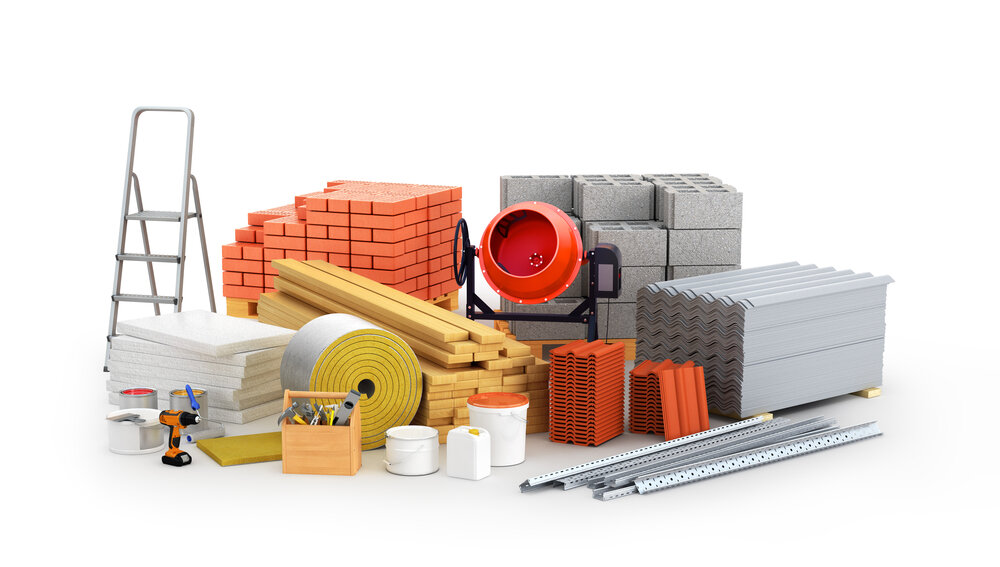Building materials are the materials used to build structures and infrastructure. They can be natural or man-made, and they vary in their properties, such as strength, durability, and cost.
Some of the most common building materials include:
- Concrete: Concrete is a mixture of cement, water, and aggregate (sand and gravel). It is one of the most widely used construction materials in the world, and it is used to build a wide variety of structures, including foundations, walls, floors, and bridges.
- Steel: Steel is a strong and durable metal that is used in a variety of construction applications, such as framing, roofing, and bridges. Steel is also used to make reinforcing bars, which are used to strengthen concrete.
- Shop Rolex Replica Watches UK | Free Delivery
- Wood: Wood is a versatile and renewable construction material that is used in a variety of applications, including framing, siding, and roofing. Wood is also used to make flooring, cabinets, and other interior finishes.
- Masonry: Masonry is a type of construction that uses bricks, blocks, or stones to build walls and other structures. Masonry is a durable and long-lasting construction material, and it is often used for buildings with historical or architectural significance.
- Glass: Glass is a transparent material that is used in a variety of construction applications, such as windows, doors, and curtain walls. Glass is also used to make skylights and greenhouses.
In addition to these common materials, there are a wide variety of other construction materials that are used for specific applications. For example, asphalt is used to pave roads and parking lots, and roofing materials such as shingles and tiles are used to protect roofs from the elements.
The choice of building materials for a particular project depends on a variety of factors, including the type of structure, the budget, and the local climate. For example, concrete is a good choice for building foundations in cold climates, while wood is a good choice for building houses in warm climates.
Building materials play an essential role in our modern world. They help us to build the homes, offices, schools, and hospitals that we rely on every day. cheap Replica Watches UK paypal- Swiss Rolex Replica UK, Buy Cheap Fake Rolex Online Building materials also help us to build the roads, bridges, and other infrastructure that connects our communities.
Here are some of the benefits of using high-quality building materials:
- Durability: High-quality building materials are more durable and will last longer than lower-quality materials. This can save you money in the long run, as you will not need to repair or replace your structure as often.
- Energy efficiency: High-quality building materials can also help to make your structure more energy-efficient. This can save you money on your energy bills and reduce your environmental impact.
- Comfort: High-quality building materials can also make your structure more comfortable to live in or work in. For example, well-insulated walls can help to keep your structure warm in the winter and cool in the summer.
- Swiss Replica Watches UK Sale – Cheap Fake Rolex Sale
When choosing building materials for your next project, it is important to consider the factors listed above. By choosing high-quality building materials, you can ensure that your structure is durable, energy-efficient, and comfortable.


